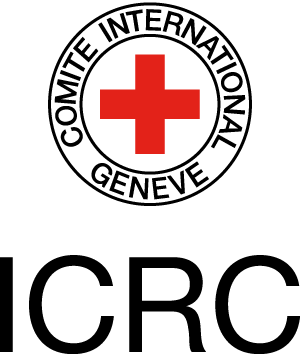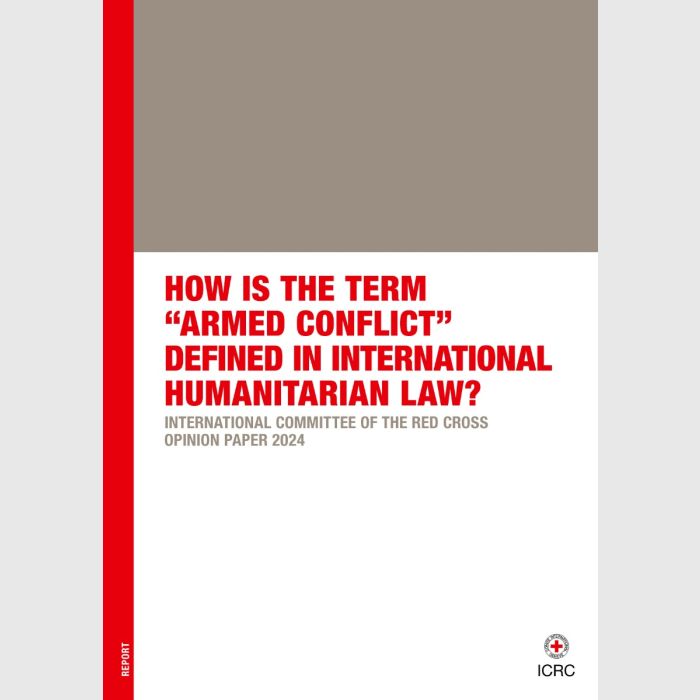We use cookies to make your experience better. To comply with the new e-Privacy directive, we need to ask for your consent to set the cookies. Learn more.
How is the Term “Armed Conflict” Defined in International Humanitarian Law? International Committee of the Red Cross Opinion Paper 2024
Since 2008, the ICRC has observed several transformations with regard to how armed actors participate in armed conflicts, either as parties to the conflict, or in support of parties. This includes when support is provided by coalitions of states to governments involved in NIACs; when a state uses non-consensual force in foreign territory; when coalitions of armed groups emerge with fluctuating levels of organization; and when such groups proliferate or agglomerate.
These transformations, as well as how the law adapts to them, are outlined in the 2024 Opinion Paper (see also the new Commentaries to Geneva Conventions I, II and III and reports on “IHL and the challenges of contemporary armed conflicts”). The Opinion Paper shares the methodology involved in determining several legal issues related to classification, including when an international armed conflict (IAC) exists and when it can be considered to have come to an end; the impact of consent by a state of the intervention/ use of force by another state in its territory; the classification of an IAC by proxy; and how to identify parties in conflicts that involve multinational forces. Similarly, the opinion paper outlines when a non-international armed conflict (NIAC) exists and when it comes to an end; the classification of NIACs involving coalitions; the support-based approach; the incorporation of an armed group into a state Party; the aggregation of intensity between multiple organized armed actors (both state and non-state); and the geographical scope of IHL during NIACs.


